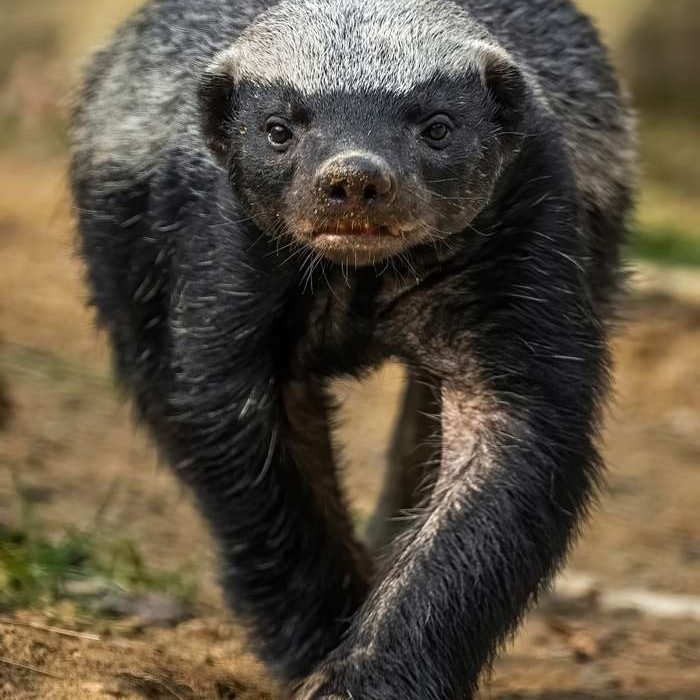Thornicroft’s Giraffe
( Luangwa giraffe )
- Giraffa camelopardalis thornicrofti
- IUCN Status: Vulnerable
- Trend: stable

General Information
The Thornicroft or Luangwa giraffe is endemic to Zambia. The name ‘giraffe’ comes from the Latin word ‘camelopardalis’, meaning ‘camel marked like a leopard’.
Description
Thornicroft’s giraffes are tall with very long necks. They have long, dark tongues and skin-colored horns. Giraffes have a typical coat pattern, with regional differences among subspecies. The pattern consists of large, irregular shaped brown to black patches separated by white to yellow bands. Male giraffes’ coats darken with age, particularly the patches. The darkening of the coat has not been studied extensively enough to indicate absolute age; however, it can estimate relative age of male Thornicroft’s giraffes
Fun Facts
Giraffe are the world’s tallest animal. They are one of the few animals that are born with horns which lie flat and are not attached to the skull to avoid injury at birth, fusing with their skull as they get older. These horns are thin and tufted in females and thicker and bald on top in males as they wear during fights
Ecology & Behaviour
Giraffes are exclusively browsers that primarily feed on leaves and shoots of trees and shrubs. They consume deciduous plants in the wet season and transition to evergreen and semi-evergreen species in the dry season, choosing flowers, fruits, and pods when they are available. They are true ruminants with forestomach fermentation. Their food intake is approximately 2.1% of the body mass of females and 1.6% for males. They can obtain their water through the foliage they consume, but drink regularly when water is available. Giraffes seek out acacia species when browsing. Their feeding stimulates shoot production of the species
Distribution & Habitat
Luangwa giraffes occur in the arid and dry-savannah zones in the luangwa valley of Zambia. Thornicroft’s giraffe is endemic to Zambia. Giraffes are herd animals with a flexible social system.
Diet
Giraffes are exclusively browsers that primarily feed on leaves and shoots of trees and shrubs. They consume deciduous plants in the wet season and transition to evergreen and semi-evergreen species in the dry season, choosing flowers, fruits, and pods when they are available. They are true ruminants with forestomach fermentation. Their food intake is approximately 2.1% of the body mass of females and 1.6% for males. They can obtain their water through the foliage they consume, but drink regularly when water is available. Giraffes seek out acacia species when browsing. Their feeding stimulates shoot production of the species
Reproduction
Giraffes are exclusively browsers that primarily feed on leaves and shoots of trees and shrubs. They consume deciduous plants in the wet season and transition to evergreen and semi-evergreen species in the dry season, choosing flowers, fruits, and pods when they are available. They are true ruminants with forestomach fermentation. Their food intake is approximately 2.1% of the body mass of females and 1.6% for males. They can obtain their water through the foliage they consume, but drink regularly when water is available. Giraffes seek out acacia species when browsing. Their feeding stimulates shoot production of the species
Conservation
They are categorized by the International Union for Conservation of Nature (IUCN) red list as, “Vulnerable”. Tourism has played a vital role in conservation of all subspecies of giraffes, due to their popularity with tourists.
Interaction with Humans
Their primary threats are poaching, human population growth, habitat loss, habitat fragmentation, and habitat degradation.
References
Share:
- Kingdom: Animalia
- Phylum: Chordata
- Class: Mammalia
- Order: Artiodactyla
- Family: Giraffidae
- Genus: Giraffa
- Weight: 1180 to 1930 kg
- Lifespan: 22 to 28 yrs











